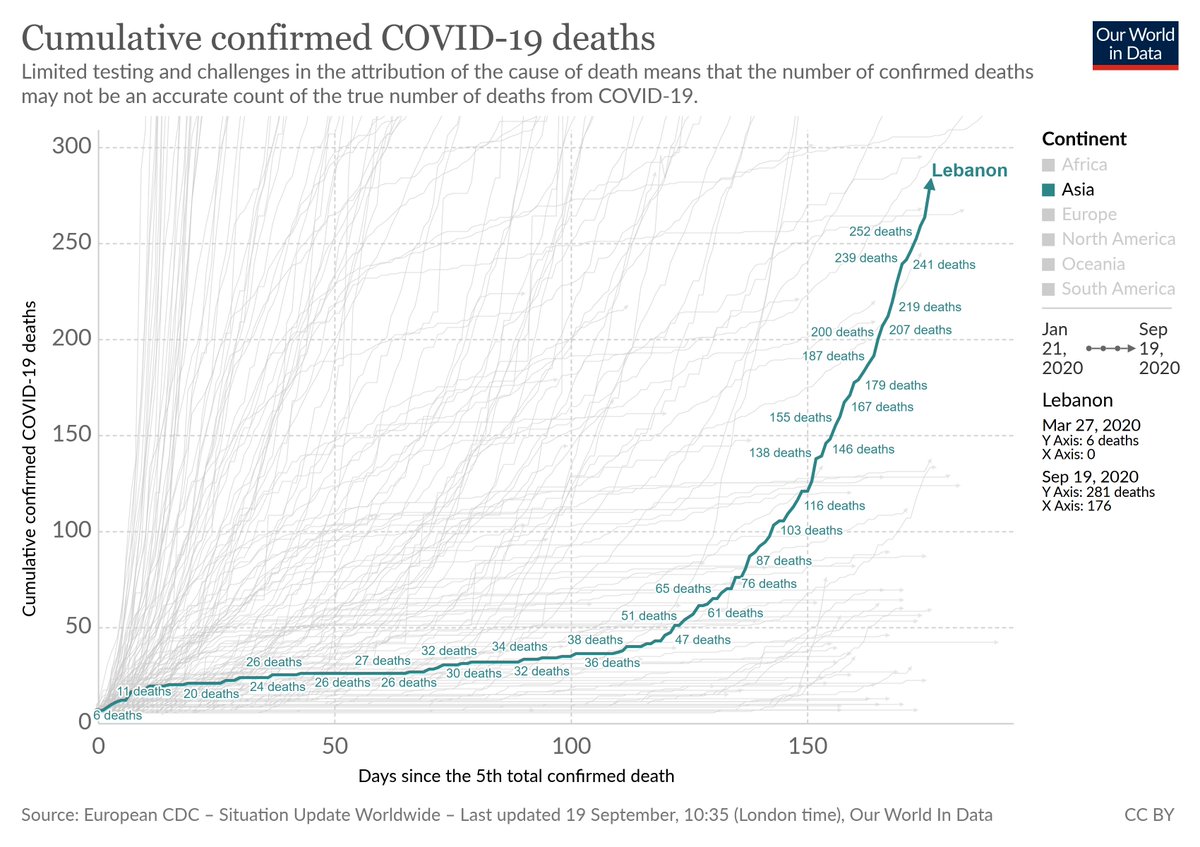Damage to the immune system has been an ongoing debate throughout this pandemic.
Very few warned of this early on (& some abused!).
But it was logical to avoid finding out (preventing infection).
There was & is confusion, because nobody could predict the scale of impact. /1
Very few warned of this early on (& some abused!).
But it was logical to avoid finding out (preventing infection).
There was & is confusion, because nobody could predict the scale of impact. /1
But we've had dozens of studies out by now.
More organizations recognize that Covid infection damages our immune system.
Fungal infections are a strong signal.
We've seen this at least since Spring 2021 ('black fungus' in India).
And now @CDCgov👇 /2
cdc.gov/fungal/covid-f…
More organizations recognize that Covid infection damages our immune system.
Fungal infections are a strong signal.
We've seen this at least since Spring 2021 ('black fungus' in India).
And now @CDCgov👇 /2
cdc.gov/fungal/covid-f…
Its in the Merck Manual, which is accessible to many MDs. /3

https://twitter.com/yaneerbaryam/status/1650251503733489664

LongCovid comparisons are some of the most interesting studies e.g. nature.com/articles/s4159…
LC (though common!) is in some sense an outlier.
Outliers contain a lot of information.
And gives us a hint of what lies ahead for majority, if re-infections continue. /4
LC (though common!) is in some sense an outlier.
Outliers contain a lot of information.
And gives us a hint of what lies ahead for majority, if re-infections continue. /4

At country-level, we saw some countries have surges of infectious diseases other than Covid; but not in others. A mix of factors involved: climate, rainfall, geography, disease monitoring, study designs... /5
https://twitter.com/JadeKhalife/status/1598313879628664833
If Covid damages our immune system, then why aren't we all sick?
Well, many are! Repeatedly.
But the majority won't need hospitalization.
For many, not even GP visits.
So that information is rarely registered. /6
Well, many are! Repeatedly.
But the majority won't need hospitalization.
For many, not even GP visits.
So that information is rarely registered. /6
The more severe cases that go to GPs/hospitals are fewer.
But these are already stressing Health Systems (HS).
This will increase, as more people get more sick.
Including nurses, doctors...!
So the direction is towards worse, for HS too.
Until we start preventing better. /7
But these are already stressing Health Systems (HS).
This will increase, as more people get more sick.
Including nurses, doctors...!
So the direction is towards worse, for HS too.
Until we start preventing better. /7
• • •
Missing some Tweet in this thread? You can try to
force a refresh

 Read on Twitter
Read on Twitter













